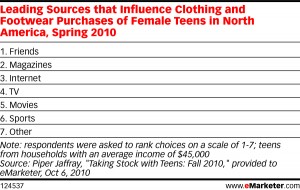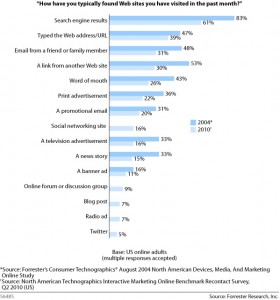A recent article in the Globe and Mail released that, as of Wednesday March 9th, Telus customers can now access Facebook through their Tv’s and they wont miss a second of their favorite shows. A Telus internal article states that it is
Offered as part of the Optik TV subscription, the Facebook application on Optik TV uses the standard remote control to allow you to view status updates, activities and wall posts, find a friend, and write messages on friends’ walls. The application also offers the ability to view photo albums in slideshow mode, creating a high-impact full screen presentation view of photos right on the TV.
An additional feature that will be offered exculsively with Telus TV is the ability to screenshot what you are watching and post it on your wall, named “share your view”. The new Telus commerical is the first one to feature a celebrity, which appropriately is Nimoy the actor who plays Spock from Star Trek. This represents a “new frontier” for Telus.

We are now in a multiscreen era with a socially charged audience and this new technological advancement has many implications for marketers. For example, an article on Advertising Age states,
It’s here that we see the future of branded entertainment come into vision. Breaking from the age-old tradition of 30-second TV spots, brands now have the opportunity to create socially driven TV campaigns that give viewers a reason and reward for paying attention to advertising on TV.
This new partnership of traditional television and social media will allow marketers to further be able to target their customers. They will be able to address them with advertisments specific to their individual interests and characteristics.
Just think: algorithmic advertising based on each viewer’s preferences. Less interruption and more integration.














